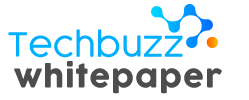How to Prioritize Risk Across the Cyberattack Surface
Security leaders need to understand vulnerabilities in context and use that data to prioritize their team’s efforts. But, there’s a problem: The number of vulnerabilities has nearly tripled in the last couple of years, creating too much data for teams to process on their own.
Download this whitepaper to learn:
- Why CVSS is a poor indicator of risk and fails as a tool for prioritization
- How machine learning capabilities can help you predict the vulnerabilities most likely to be exploited
- Why it’s essential to factor in asset criticality when prioritizing vulnerabilities for remediation
Download How to Prioritize Risk Across the Cyberattack Surface now.






